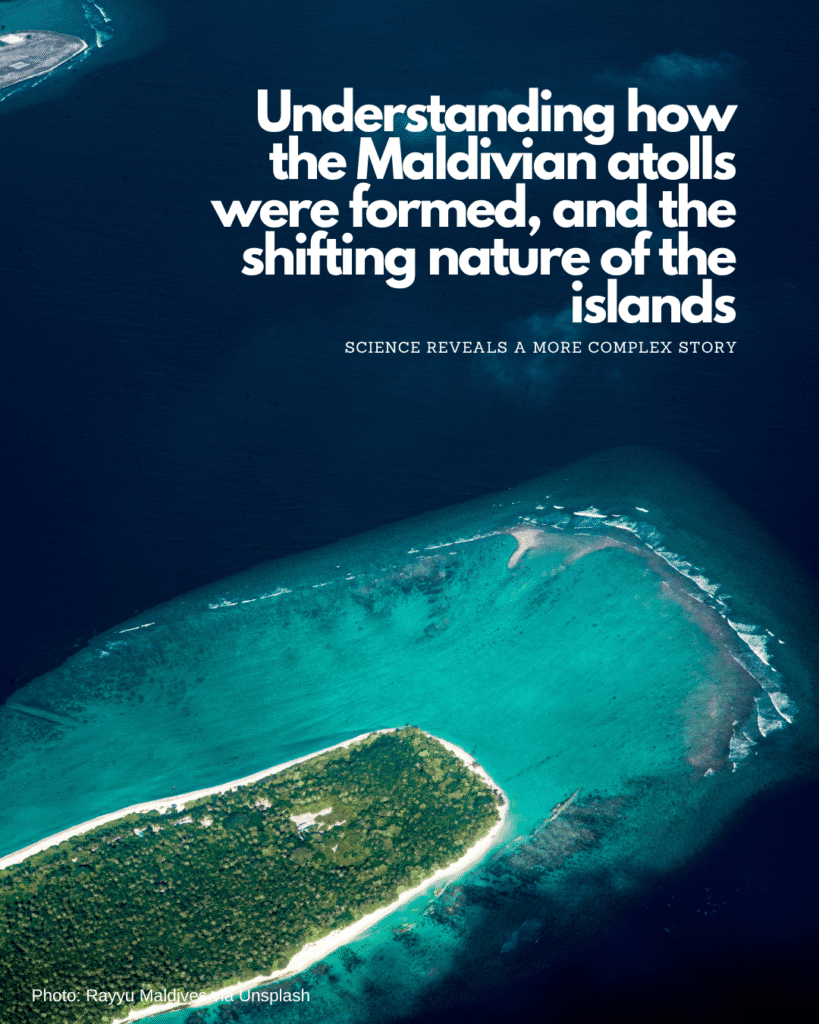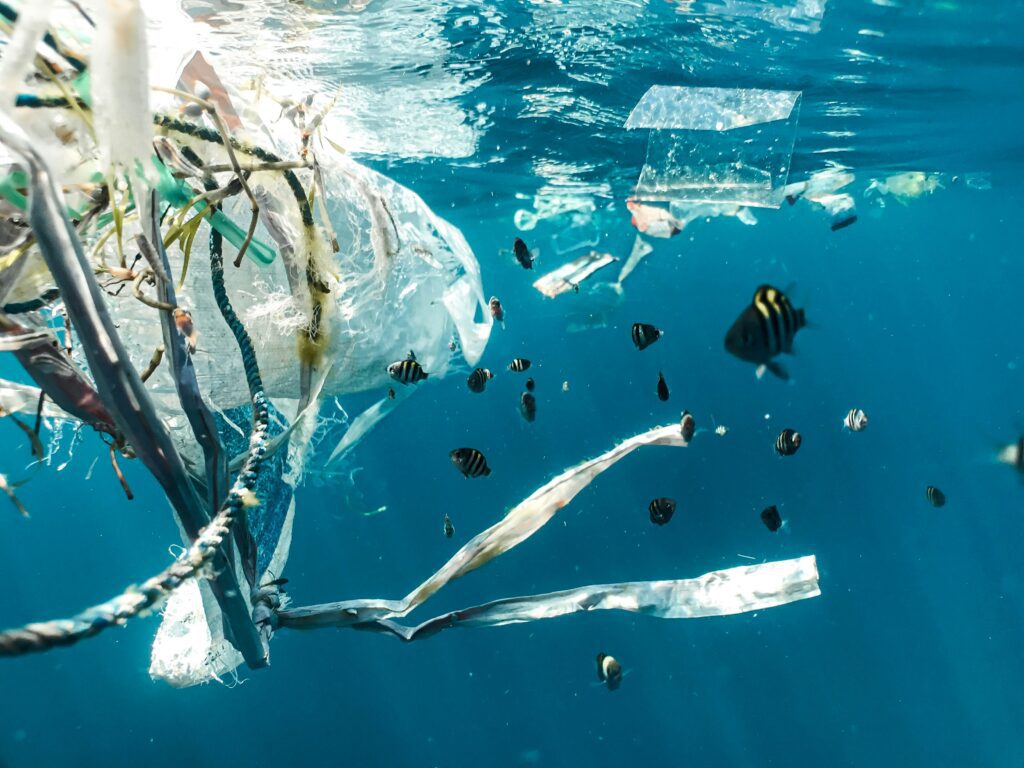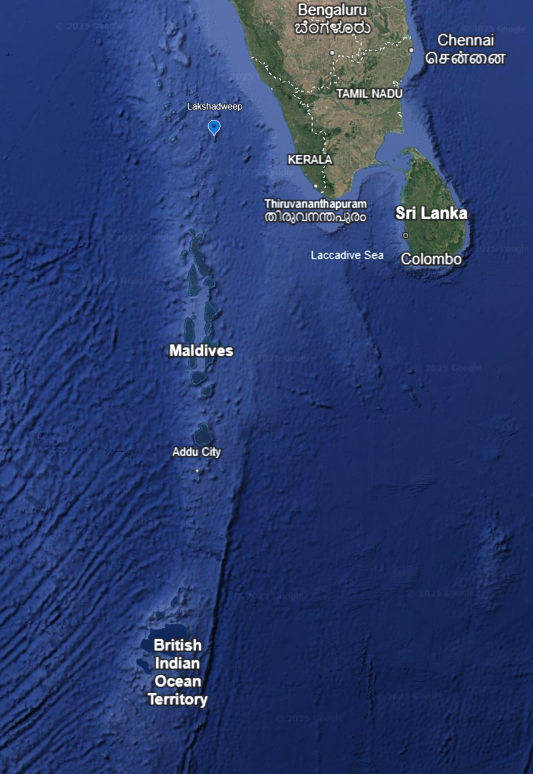
Understanding how the Maldivian atolls were formed, and the shifting nature of the islands
By Uyoon Naeem
Ever wondered how the Maldivian islands were formed ? This island chain made up of 19 atolls which hosts up to 1200 islands, owes its formation to a sequence of several different processes. Understanding the formation of the Maldives is vital to know the vulnerability of these dynamic islands against impacts of climate change and develop and implement appropriate and effective mitigation strategies. Despite the importance of understanding the formation of Maldives for its protection, the history of formation, processes involved in, and the factors influencing formation of Maldives are uncertain and a source of speculation over the years (Perry et al, 2013), hence an important research gap to be more thoroughly studied.

Understanding Microplastic Pollution; Its Abundance, Sources, and Implications
By Uyoon Naeem
Worldwide production and use of plastics have increased and become common in various aspects of living, from healthcare to construction as well as everyday products. Due to properties such as its durability, lightness, disposability, and cheapness that makes plastics so practical are also the reasons behind its environmental issues. Despite its ubiquitousness in the environment, from the most remote mountains to the deepest trenches in the ocean, and its serious environmental and health threats, existing research regarding sources, distribution, fate, and impacts remains scarce.

Climate Change and the Interconnected Future of Lakshadweep Islands, the Maldives, and the Chagos Islands
By Nayifa Nihad
Climate change is a borderless phenomenon, yet political boundaries often shape global and regional responses. The Lakshadweep Islands, the Maldives, and the Chagos Islands to the south, together form a vast submarine mountain range, sharing interconnected climatic, ecological, and oceanographic dynamics. These three island groups, while politically distinct, are part of a single geological and ecological system in the western Indian Ocean facing the effects of anthropogenic warming, such as rising sea surface temperatures (SST), monsoon disruptions, and coral reef degradation.
